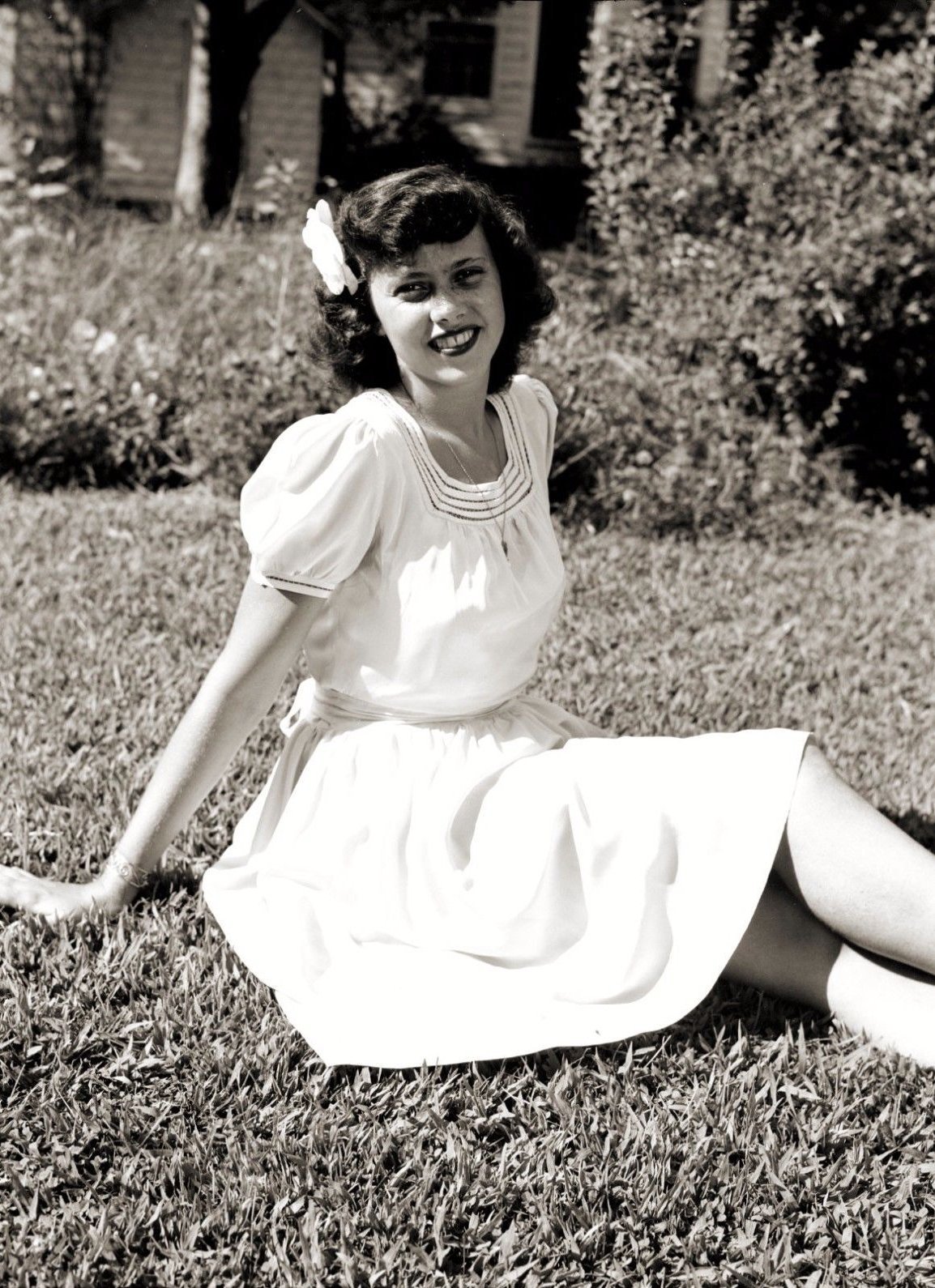Imagine a time of global conflict, economic uncertainty, and yet, a distinct sense of style. That was the 1940s, a decade that indelibly shaped men’s fashion. From the battlefields to the home front, what men wore reflected the challenges and triumphs of the era. Whether it was the practicality of wartime attire or the nascent rebellion against conformity in the post-war years, the 1940s offered a fascinating glimpse into a generation defined by its resilience and evolving sense of self.
The 1940s began with the shadow of World War II looming large, and its impact on menswear was undeniable. Fabric rationing and austerity measures meant that flamboyance and excess were replaced with practicality and functionality. Gone were the wide-legged trousers and loose silhouettes of previous decades, replaced by slimmer fits and minimalist designs. The war effort demanded efficiency, and clothing reflected this new reality.
Yet, even within the constraints of wartime, men found ways to express themselves through their attire. The archetypal image of the 1940s gentleman often features a double-breasted suit with padded shoulders, creating an illusion of strength and authority. Hats were ubiquitous, with fedoras and trilbies reigning supreme, adding an air of sophistication even to the most utilitarian outfits.
As the decade progressed and victory was declared, a sense of optimism and renewed energy swept through society, influencing fashion trends. The late 1940s witnessed the birth of what would become iconic styles, laying the groundwork for the fashion revolutions of the following decades. The "demob suit," provided to returning soldiers, became a symbol of civilian life and reintegration. Simultaneously, a more relaxed style emerged, inspired by sportswear and leisurewear, hinting at the casualization of menswear that would define the latter half of the 20th century.
Understanding what men wore in the 1940s goes beyond simply cataloging garments. It's about deciphering a visual language, understanding how historical events, social norms, and cultural shifts are reflected in clothing choices. The 1940s serve as a potent reminder that fashion is never static; it is a dynamic reflection of the times we live in.
Advantages and Disadvantages of 1940s Men's Fashion
| Advantages | Disadvantages |
|---|---|
| Timeless elegance and sophistication | Limited practicality for modern lifestyles |
| Emphasis on quality craftsmanship and durable fabrics | Potential discomfort due to stricter tailoring and heavier materials |
| Versatility for various occasions, from formal events to casual outings | Challenges in finding authentic vintage pieces in good condition |
Common Questions about 1940s Men's Fashion
Here are some frequently asked questions about what men wore in the 1940s:
1. What type of hats were popular in the 1940s?
Fedoras, trilbies, and newsboy caps were among the most popular hat styles for men.
2. Did men wear jeans in the 1940s?
While jeans existed, they were primarily considered workwear and not as widely worn for everyday occasions as they are today.
3. What kind of shoes did men wear in the 1940s?
Leather oxfords, brogues, and wingtips were common footwear choices, often paired with spats for a touch of formality.
4. How did rationing affect men's fashion in the 1940s?
Rationing led to simpler designs, fewer embellishments, and the use of alternative fabrics due to material restrictions.
5. Were there any subcultures or youth movements that influenced men's fashion in the 1940s?
The Zoot Suit Riots highlighted the emergence of subcultures and their distinct style choices, even amidst wartime conformity.
6. What colors were popular in 1940s men's clothing?
Neutral colors like navy, gray, brown, and olive green were prevalent, reflecting the practicality of the era.
7. Did men accessorize in the 1940s?
Yes, accessories like hats, ties, pocket squares, watches, and tie clips were essential elements of a well-dressed man's attire.
8. How can I incorporate elements of 1940s men's fashion into my modern wardrobe?
Consider adding a fedora or a newsboy cap to your outfit. Experiment with tailored pieces, high-waisted trousers, and vintage-inspired accessories to capture the essence of the 1940s.
Conclusion
The 1940s stands as a testament to the enduring power of style, even in the face of adversity. Men's fashion of the era, marked by its practicality, elegance, and subtle rebellion, continues to inspire designers and fashion enthusiasts today. By understanding the historical context, key garments, and evolving trends of 1940s menswear, we gain a deeper appreciation for how fashion reflects and shapes our world. Whether you're drawn to the sharp silhouettes of wartime attire or the relaxed sophistication of post-war styles, exploring the fashions of the 1940s offers a fascinating journey through time and a renewed perspective on the clothes we wear today.
mens fashion 1940s(1)......... 1940s men in pleated trousers, suit with - The Brass Coq
1940s Men's Fashion Trends - The Brass Coq
1940s Men's Outfit & Costume Ideas - The Brass Coq
.História da Moda.: A Moda e o Tempo: Os anos 1920 1950s Fashion - The Brass Coq
1920s Men's Fashion: What did men wear in the 1920s? - The Brass Coq
what did men wear in 1940s - The Brass Coq
1930s 1940s mens fashion - The Brass Coq
what did men wear in 1940s - The Brass Coq
H E R D A R K S O U L - The Brass Coq
what did men wear in 1940s - The Brass Coq
what did men wear in 1940s - The Brass Coq
1950s Men Fashion Suspenders - The Brass Coq
what did men wear in 1940s - The Brass Coq
What Do Men Wear In Italy? (8 Popular Outfits to Wear) - The Brass Coq
Life For Women In The 1940s - The Brass Coq














